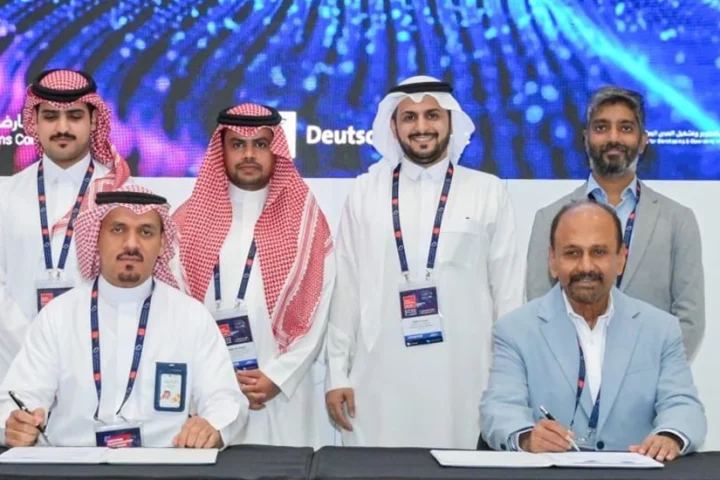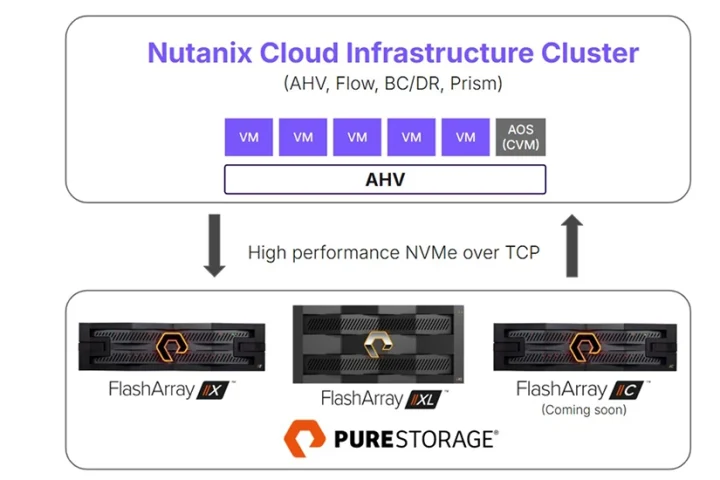The 2019 Gartner’s Hype Cycle for IT in the Gulf Cooperation Council (GCC) states predicts that hype around public cloud computing will grow in the next two to five years. However, it will take more than 10 years for this technology to translate into mainstream adoption.
“Countries in the GCC are aggressively transforming from an oil economy to a technology-centric data economy,” said Santhosh Rao, research director at Gartner. “Forty-nine percent of the businesses that participated in the Gartner CIO Agenda Survey in 2019 said that their business models have already changed or are currently changing to sustain and grow their businesses in the current global economy. CIOs are hence increasing investment in transformational technologies like artificial intelligence (AI), cloud services, automation and cybersecurity, and significantly decreasing spending on data center infrastructure.”
“Recent regional initiatives such as the Government of Bahrain’s Cloud First Policy, the ascent of innovative startups, and the willingness of fast-growing SMEs to adopt emerging technology are starting to change the cloud computing landscape in the Middle East,” said Mr. Rao. Hyperscalers including Amazon Web Services, Microsoft (Azure), SAP and Oracle have recently opened data centers in the GCC, thus contributing to the hype.
One of the reasons for the gap between the hype about public cloud computing and the current level of adoption is the lack of clear policies and governance for the technology. “Our advice to CIOs is to work closely with risk and compliance teams when moving applications to the cloud,” said Mr. Rao.
Gartner analysts expect robotic process automation (RPA) to achieve early mainstream adoption in the next two years, by penetrating 20% to 50% of the businesses in the GCC. According to Gartner, RPA is the fastest-growing segment of the enterprise software market. The business impact of RPA deployments is likely to be high, and the top five global RPA vendors — UiPath, Automation Anywhere, Blue Prism, NICE and Pegasystems — will control almost 50% of the global market.
“Globally, RPA is experiencing adoption in industries such as banking and insurance and in consulting, business process outsourcing and shared service centers. Its core benefit of replacing humans in tasks that are rule-based and involve repetitive keying or data collation is accelerating its adoption and success in these sectors,” said Mr. Rao.
IT infrastructure monitoring (ITIM) tools capture the health and availability of IT infrastructure components that reside in a data center or are hosted in the cloud as infrastructure as a service (IaaS). “While ITIM tools have been around for decades, organizations today are investing in the technology to monitor availability of servers, networks, storage and databases, as well as enable the ability to troubleshoot network and server issues in a reactive manner,” said Mr. Rao. Gartner predicts that ITIM will achieve early mainstream adoption by 20% to 50% of GCC businesses in the next two years.
ITIM tools are essential for enhancing troubleshooting and root cause capabilities. “They have been used to help improve availability, and lower the risk and total cost of ownership of managing large and complex infrastructure environments,” said Mr. Rao.



















